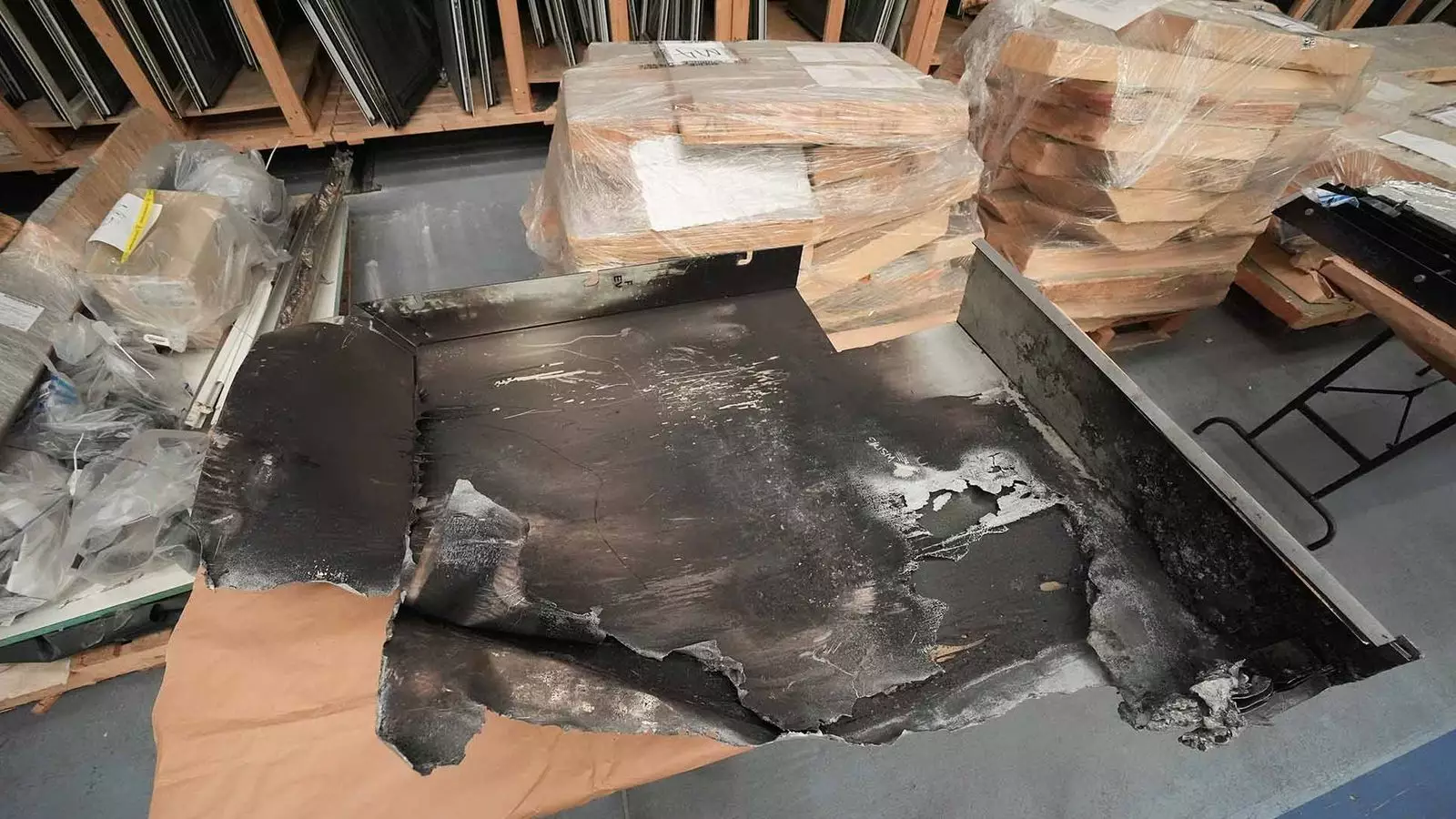The aftermath of the Grenfell Tower fire continues to cast a long shadow over thousands of residents living in buildings clad with dangerous materials. The National Audit Office (NAO) has recently highlighted a staggering estimate of between 9,000 to 12,000 buildings requiring urgent cladding remediation, with associated costs tipping around £16 billion. However, a concerning note from the NAO reveals that a significant number—over 7,200—of these structures remain unidentified. Unfortunately, this situation means that many residents will continue to be at risk, living in fear of fire hazards and the financial repercussions that accompany such dangers.
The Emotional Toll on Residents
The implications of unsafe cladding extend well beyond just physical safety. The NAO reported that many individuals are grappling with profound emotional and financial distress as a result of this ongoing crisis. Although the Building Safety Act 2022 shields most leaseholders from bearing the brunt of remediation costs, they still encounter significant challenges. Notably, increased service charges due to soaring insurance premiums contribute to the burden, creating a ripple effect that complicates personal financial planning. Moreover, the struggles to qualify for mortgages or even to sell their homes exacerbate the sense of entrapment.
While many residents wait for resolution, they often incur additional costs through “waking watches”, essential safety patrols designed to provide some level of security in unsafe buildings. On average, these safety measures set residents back around £104 a month, a fee that weighs heavily on already strained budgets. This financial aspect of the crisis cannot be overlooked, as it intertwines with the psychological toll of living in a hazardous environment, further intensifying anxiety.
The NAO report underscores a significant lag in the remediation process, citing that of the 4,821 identified buildings, only a mere half have seen either the commencement or completion of safety work. The NAO remarked that the “pace has been a persistent concern,” indicating a troubling disconnect between expectation and reality. The Ministry of Housing, Communities & Local Government’s (MHCLG) projection of finishing these critical remediations by 2035 appears increasingly ambitious, especially with logistical challenges on the horizon.
Taxpayer implications remain a pressing concern in this cladding crisis. The NAO has cautioned against exceeding the £5.1 billion cap imposed by the government for taxpayer contributions, emphasizing that developers must also be held accountable. A new levy is intended to enforce this responsibility, but its anticipated implementation pushes back the timeline for financial recourse, with contributions from developers not expected to materialize until next autumn.
Gareth Davies, head of the NAO, encapsulated the competing demands of safety and fiscal responsibility, asserting that placing the onus on developers is crucial to safeguarding public funds. However, to ensure effective action, collaboration and transparency are vital. As residents continue to navigate life under looming dangers, swift policy decisions and strategic operational efforts are required to transform hope for safety into a concrete timeline for action. The cladding crisis is not merely a matter of building safety—it has lasting implications for community wellbeing and the lives of those affected.


Leave a Reply